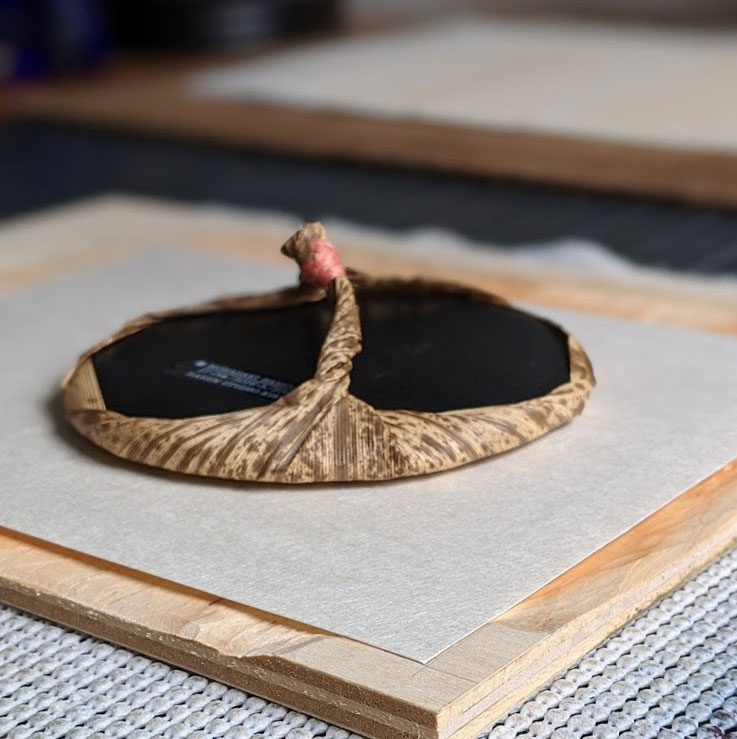Print Day in May – What is Mokuhanga
This year for Print Day In May I want to ask a simple question, what is Mokuhanga?
The term Mokuhanga (Moku = wood, hanga = print) was used to describe the Japanese method of woodblock printing that was widely popular during the Edo Period (1603-1868) and the primary medium for Ukiyo-e. More recently, this medium has begun to gain international popularity due to its non-toxic, natural materials which don’t require the use of a heavy printing press and are perfect for a home studio. As use of this term is beginning to gain wider attention outside of Japan, I would like to pose a few points which I think sets the medium apart from other relief printmaking methods.
- Water Based Inks; Unlike the oil based inks generally used in other relief print methods, mokuhanga uses water based pigments which have a unique soft glow similar to watercolors. Water based pigments can also be easily cleaned without the use of solvents.
- Ink applied with Brush; Instead of using a brayer to apply ink, in mokuhanga, ink is mixed directly on the block with rice starch using a wide brush. This allows for painterly effects, textures and curved gradations that would be impossible with a brayer.
- Pressed by hand with Baren; Western prints usually require a very large printing press to pull even, consistent, prints. Mokuhanga instead uses a unique rubbing disk called a baren where pressure is applied across the block using the printer’s own hand pressure. By using the baren, the printer is able to vary pressure on the fly, allowing for unique printed effects and variations.
- Printed on Japanese Washi paper; While not specifically required, Japanese washi is designed to be perfect for mokuhanga. Much lighter than western papers, washi is made using long kozo plant fibers which impart strength for dozens of color layers and provides a unique inner “glow” to the final print.
What do you think? Do these qualities set mokuhanga apart from other printmaking methods? Does mokuhanga deserve to be differentiated as its own medium?








Thank you for this!!!